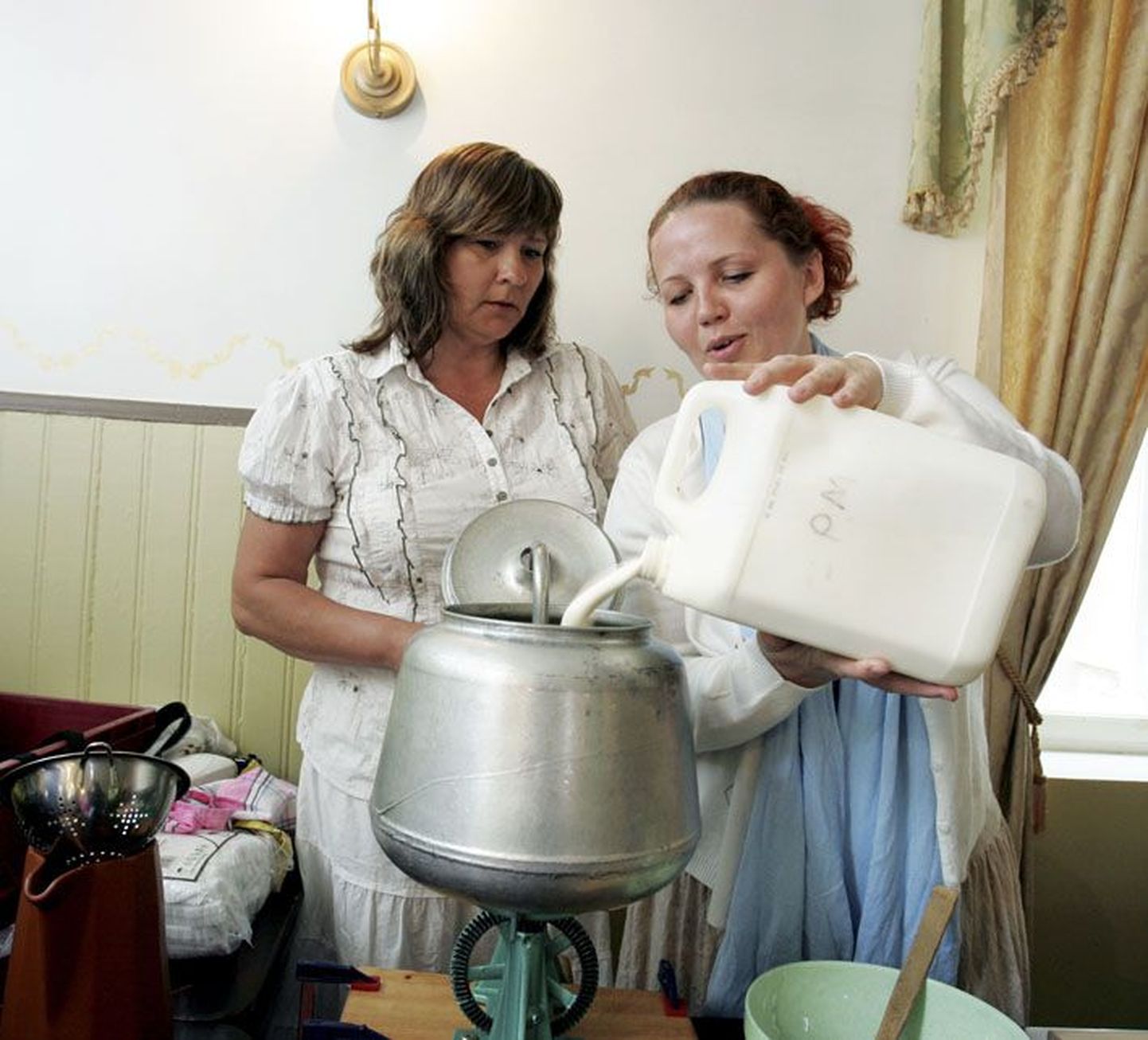
«If I produced my milk in Finland, I’d make over half million euros more on it, in a year, than here,» said the Finn Mika Vehmanen, owner of the Kohala milk farm.

«If I produced my milk in Finland, I’d make over half million euros more on it, in a year, than here,» said the Finn Mika Vehmanen, owner of the Kohala milk farm.
According to Mr Vehmanen, In Finland the buying-in price of milk is €0.46 per litre, in Estonia 13 cents less. «True, here labour and land are cheaper, so far, but that won’t last for long,» he added.
Märt Riisenberg, chairman Estonia’s milk producers’ association EPIKO, agrees, adding that this year’s crude milk price is actually quite good – compared with 2012 – but things are bad with hectare subsidies, which according to current plans ought to reach 75 per cent of the EU average, by 2020.
«Our farmers have to buy their technology, fuels, fodder and electricity for the same price as elsewhere, basically,» said Mr Riisenberg, adding that there are quite many farms in need of modernisation, which will require large investments. In the next EU programme period, however, the money for Estonian agriculture is diminished.
In the estimation of Kalvi Kõva, the social democrat head of Rural Affairs Committee, our milk cattle farmers are hardworking and prudent, the sector rather held back by the comparatively small size and disunity of the dairy factories, as well as the excessive travel lengths of the milk.
«The development of the factories, in my opinion, has fallen behind of that of the farms, these past decade at least,» said Mr Kõva.
Estonia produces twice as much milk as is consumed locally. Therefore, says Mr Kõva, we need to come up with good products to be sold abroad. «Milk value needs to be upgraded, that would bring profits and create new jobs,» said he.
Mika Vehmanen also thinks that milk industry has lots of room for development, while abounding with words of praise towards fellow farmers: «Know-how has significantly increased, there’s been plenty of investment. And, as compared to many a state in Europe, Estonia just keeps improving.»
EPIKO, made up of five cooperatives, currently unites about 11 per cent of Estonia’s milk cattle. Of its members, the Rakvere milk cooperative, with 25 members, gives close to a third of EPIKO’s total production.
According to Märt Riisenberg, the Laeva and Jõgeva cooperatives fall into the EPIKO size category, the remaining milk producers organisations being smaller. «Still, we are far from the level it would take to create a cooperative-based milk factory,» said Mr Riisenberg, who estimates that would take at least 30 per cent market share.
During these past years, farmers have started to rediscover the merits of going cooperative, EPIKO also having been created quite recently – in 2008.
One reason being that agriculture is extremely capital intensive. «There are many machines you only use a couple of times a year. But you must have them,» explains Mika Vehmanen.
First and foremost, however, a cooperative amplifies the farmers’ voices, and provides for a stronger leverage on the market.
Yesterday, in Kohala, EPIKO arranged a Karjalaskepäev (the day cattle, historically, was let into the open) for kids. Many busloads of 1st to 3rd graders were able to get a closer look at cows and farms, and to sense that milk really does not come from the store, originally.
The Dairy Museum folks expounded on the Karjalaskepäev, old-time farm life and taught the kids to make butter. The day was sweetened up by kohukesed (cheese curd snacks, preferrably not translated) supply by Maag, and yoghurt drinks.